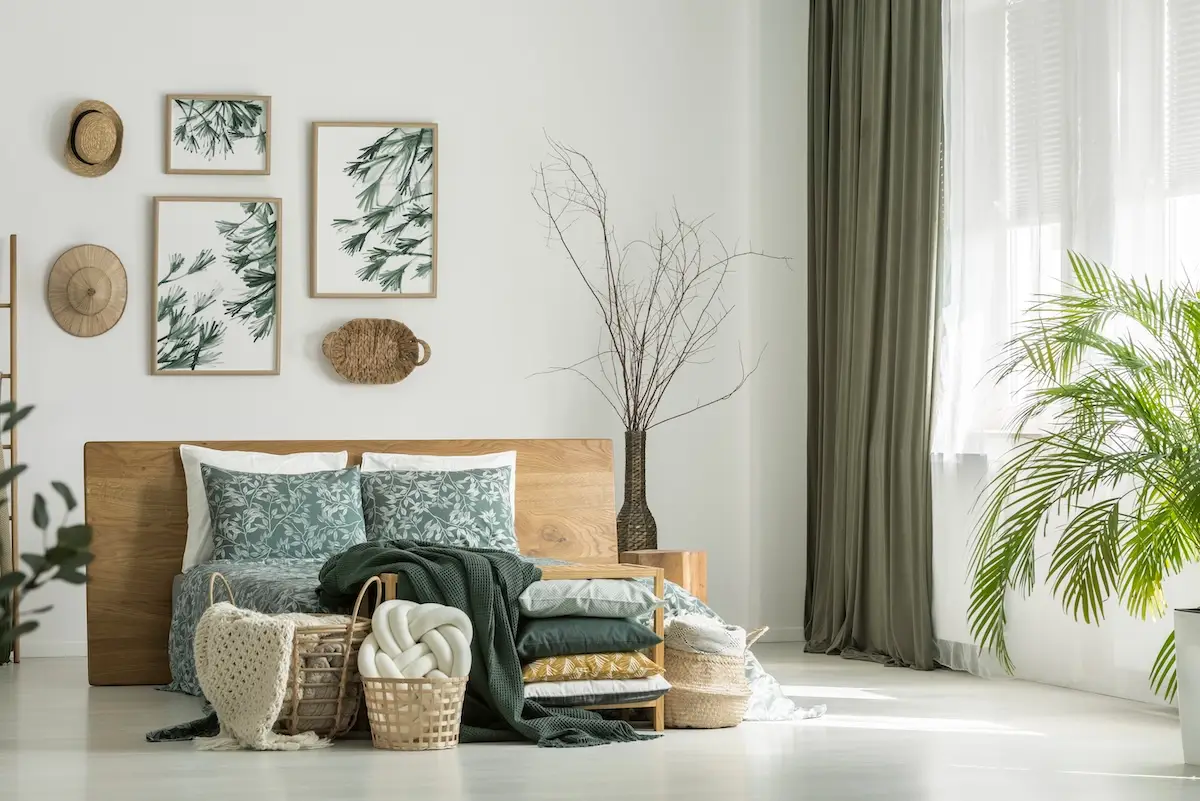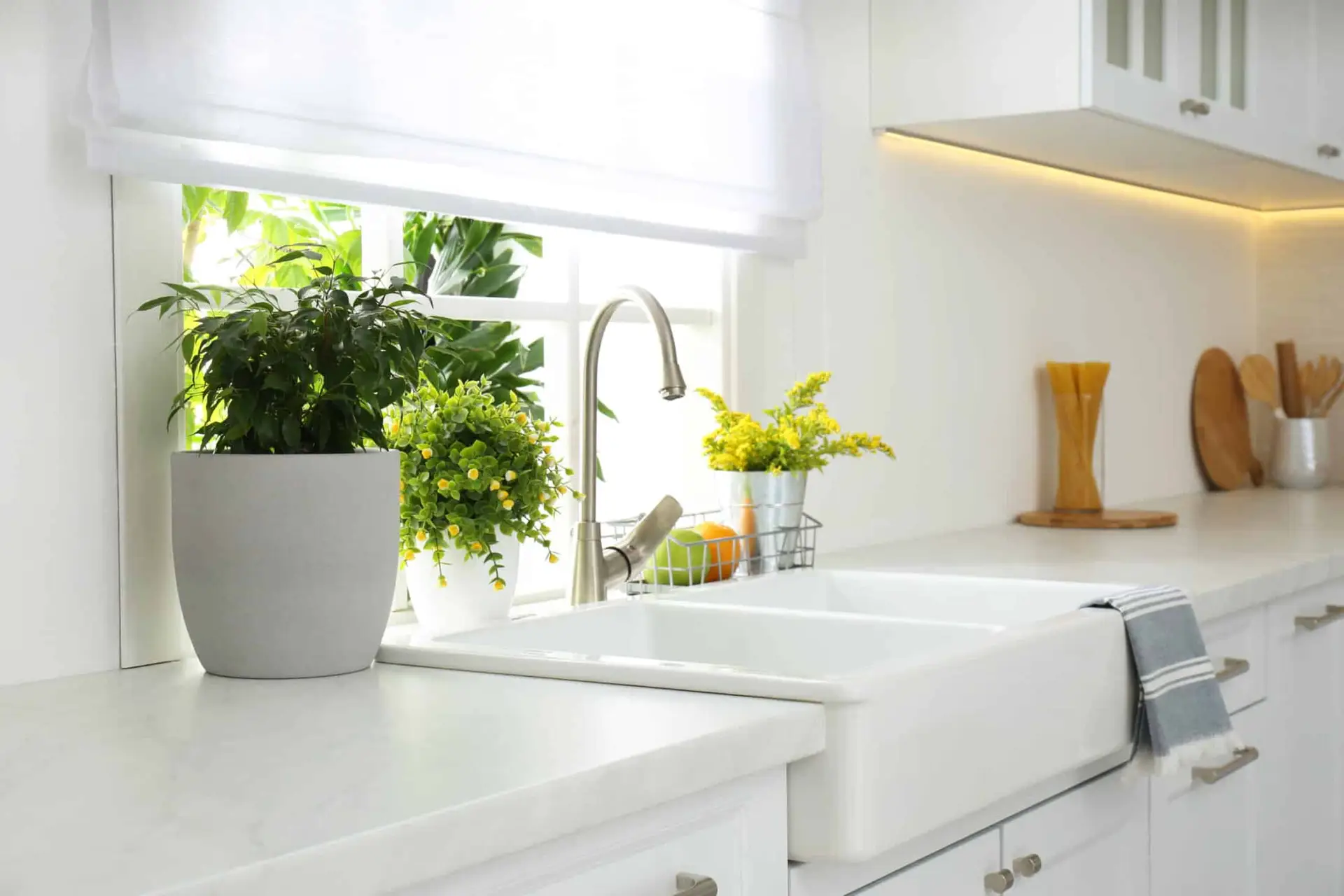As an interior design company, we love creativity, including mixing a client’s favorite styles for a unique look. This may sound like a challenge for some, but for us, it’s an opportunity to flex our creative muscles. Picture Rosie the Riveter, but holding fabric swatches. In fact, there are ways of blending styles together to make everything work. Even if you are a fan of more than one style, have a partner with opposing tastes, or own an assortment of heirlooms and accessories you want to display. Here are some tips on combining design styles.
Take Time to Learn About Each Style
Knowing more about a style gives you more tools to accomplish a look you love. The key is to spot certain similarities. Research each style online and look for similar themes, colors, or design elements to make blending items easier. By limiting the types to two, you further simplify the process.
You can also search for interior design styles that blend your favorites. For example, if you love contemporary and rustic styles, consider “modern farmhouse.” By searching under each term, such as “traditional modern,” you will find blendings of each.
Ultimately, the trick to combining design styles is to spot similarities in each style that tie them together.
Try the 80/20 Rule
Another solution is to choose one dominant style (80%) and add touches of a complementary style (20%). This creates a visually pleasing look that reduces conflict and won’t overwhelm the eye.
Opt for Similar Color Tones
Use unifying base colors to mix and match different furniture and décor pieces easier. They can be similar colors used for each style or neutrals.
You can still add pops of color in accent pieces like throw pillows or artwork. Remember that a unifying or neutral color as your base allows you to match your existing furniture pieces and maintain a cohesive look.
Use Similar Patterns and Textures
Similar to color, find complimentary patterns and textures and use them throughout each room to create a similar story. For instance, a geometric pattern will add a touch of modernity to a traditional piece of furniture. Even if you are interested in maximalist design, using some unifying patterns helps visually connect rooms and the entire house.
Match Your Woods
You can use more than one wood type if you like. If you’re mixing wood furniture, choose woods with similar grain patterns and colors for a cohesive look. Remember that the fewer colors, the calmer the room will feel. You can also tie multiple tones together with rugs, throw pillows, and artwork.
Make Quirky Pieces Purposeful
If you have a standout piece with a lot of character that sits outside your main style, make it seem purposeful. For instance, if you have an antique grandfather clock and a modern home, give it space to stand out as a museum piece. Surrounding items should be simple and understated for visual balance while drawing in the eye.
Pay Close Attention to Scale and Balance
Whether you use one style or multiple, scale and balance should be maintained to reduce clutter and maintain visual calmness. Try to distribute each design style throughout the space evenly. If one side of the room is visually heavy, balance the room with heavier items on the opposite side. If you have a large object on a shelf that creates an imbalance, give it more space or add a smaller item next to it to hit a happy medium.
In addition to size, colors, texture, and patterns also have a visual weight that should be considered.
Mix Finishes
It just so happens that mixed, metallic finishes are one of many new trends this year. Just like wood, you can mix and match tones but try to keep a similar theme. One trick is choosing a primary finish to anchor your design. Then, select secondary finishes that complement and contrast. (Again, the 80/20 rule works well here.) Whatever blend and percentages you choose, keep them consistent to appear purposeful. Also, note that too many options can create a chaotic feel. If the room feels busy, pull back on the number of options.
Most of All, Have Fun!
Incorporating different design elements helps you create a unique and personalized space that shows off your personality and style. Feel free to experiment with combining design styles. You may be surprised by what works, but keep balance and a similar theme as your foundation.




